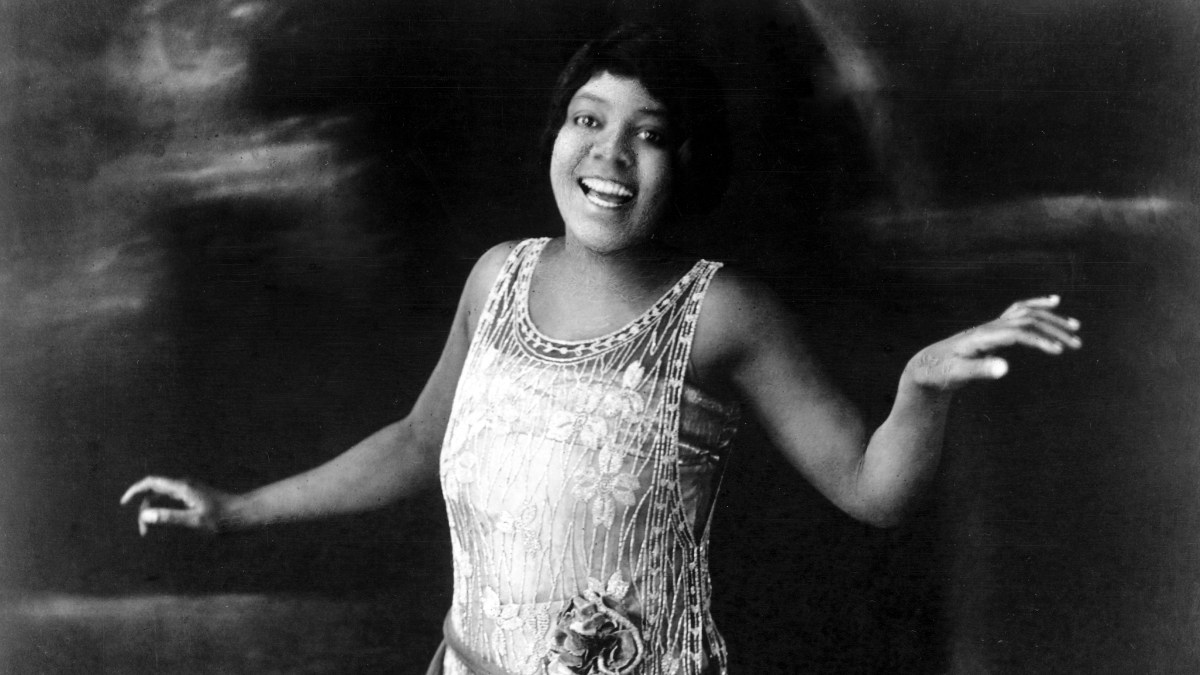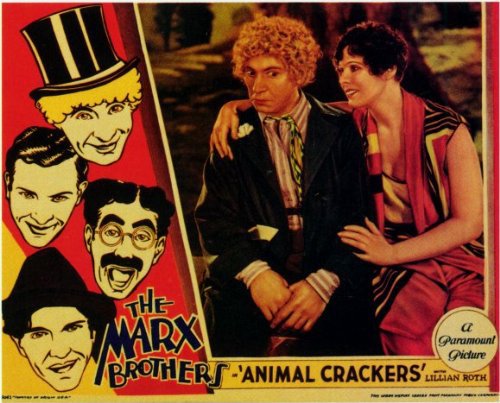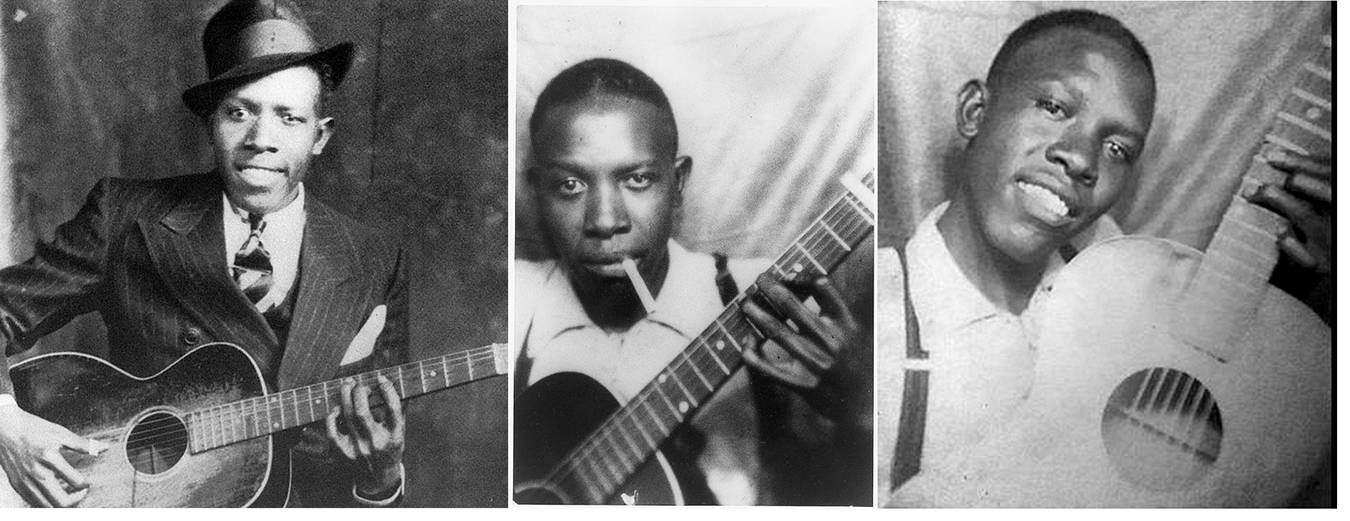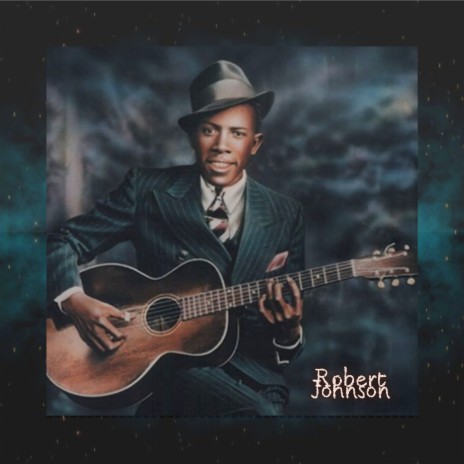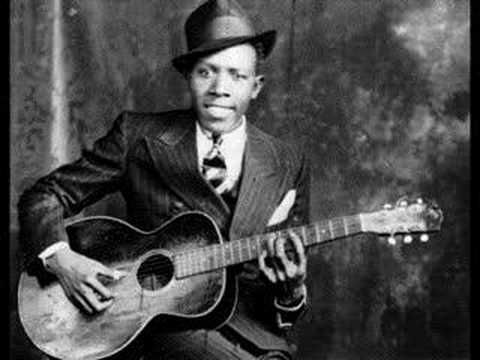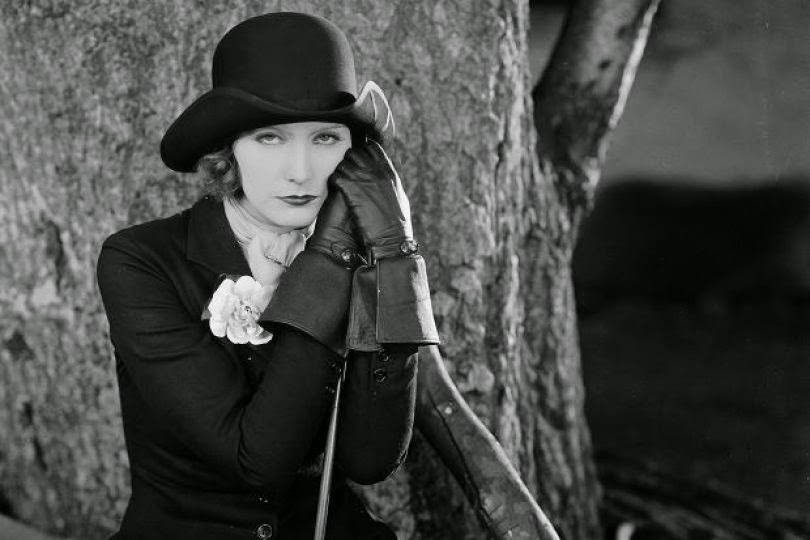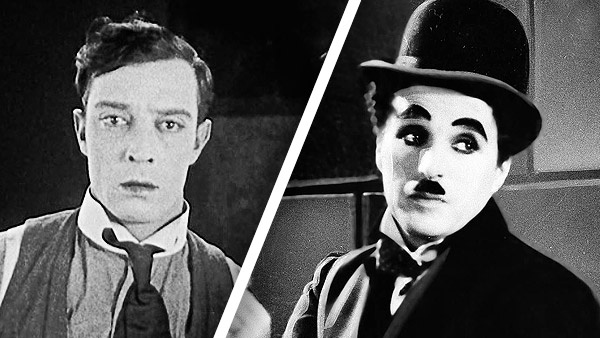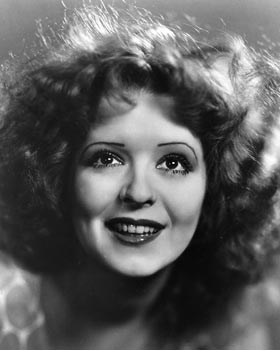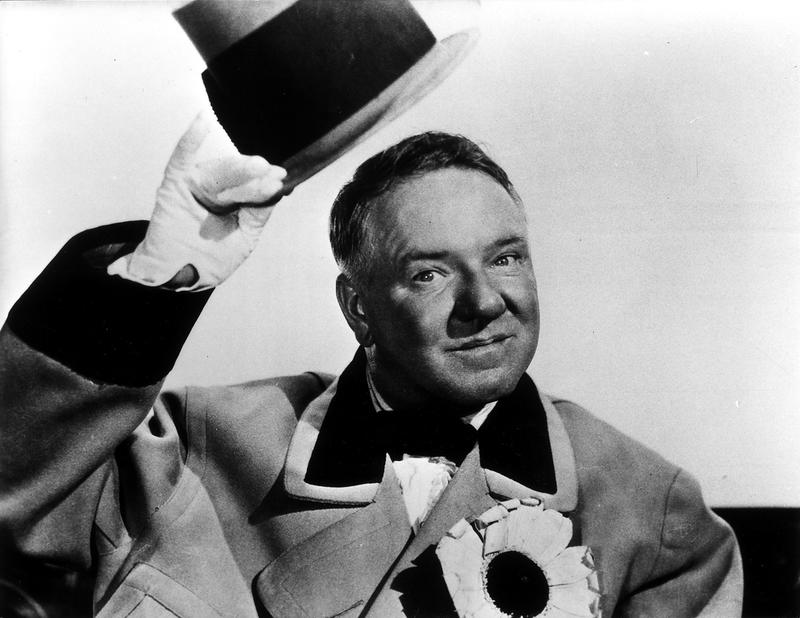I don’t want no drummer. I set the tempo… Bessie Smith
Lisa published this for me for her yearly Women’s Music March, giving you a female artist every day for March. I want to thank her for that.
I got into Bessie Smith from listening to Janis Joplin and reading about her. Bessie’s voice sends chills up my spine…that is my litmus test. Whatever she sings…she sings it, means it, she lived it. The sound of the record and her voice is just unbeatable. Yes, we have digital now but digital could not give you this sound. If you are not familiar with her…do yourself a favor and check her out. We cannot forget the pioneers of any genre. Artists like Mahalia Jackson, Janis Joplin, and Norah Jones have all given Bessie Smith credit as their inspiration.
I can imagine Dorothy Parker, Charlie Chaplin, F. Scott Fitzgerald, and Clara Bow all listening to this in the 20s and 30s. Bessie Smith was known as the “Empress of the Blues.”
Early Life:
She was born in Chattanooga, Tennessee, on April 15, 1894. She lost her dad while she was an infant and her mom when she was 7-8 years old. She was raised by her tough older sister. They nearly starved. For money, her sister took in laundry. Bessie would start contributing.
Musical Beginnings:
To help support her orphaned siblings, Bessie began her career as a Chattanooga Street musician and singing at churches, singing in a duo with her brother Andrew to earn money to support their poor family. At age 16 she met a blues singer by the name of Ma Rainey and started to travel with the Rabbit Foot Minstrels, a variety show that toured the south and Midwest. She would send money home to her siblings and became an excellent singer. At age 24 she went solo by touring with other traveling shows. She talked tough and could get rough if you messed with her. She understood blues so well because she was living it.
Bessie signed with Columbia Records in 1923. Within 10 months of signing Smith, the Columbia label sold two million records. Over the next four years, her sales reached six million. But she sang a wider repertoire than most, in her traveling tent show, on theatrical tours, and, later, in jazz clubs. The blues made Smith the highest-paid black entertainer of her era ($2000 a week), but she was just as adept at singing show tunes and more popular Tin Pan Alley songs, which became the basis of many early jazz standards. Those record sales don’t sound as high now but remember this was in the 1920s with only a few marketing tools on hand.
She is credited with recording more than 160 songs between 1923 and 1933. Smith performed on stage throughout the southern United States and recorded with such jazz greats as Benny Goodman, Louis Armstrong, and Coleman Hawkins.
On September 26, 1937, Smith was severely injured in a car accident while traveling from a concert in Memphis to Clarksdale, Mississippi, with her companion Richard Morgan. She was taken to a hospital, where she died. More than 5,000 people attended her funeral. Her grave had no headstone. There was money for a headstone apparently, but her estranged husband spent it on something or someone else.
By the time of her death, Bessie was known around the world appear with the best players of the day at theaters coast to coast. Bessie’s voice and showmanship drove her from poverty to international fame as a singer of blues tunes, many of which she wrote and co-wrote.
Discography:
This is a partial list because they did not have albums at that time. The list of everything she released would take a post by itself.
1923 – Downhearted Blues #1
1923 – Gulf Coast Blues #5
1923 – Aggravatin’ Papa #12
1923 – Baby Won’t You Please Come Home #6
1923 – T’aint Nobody’s Biz-Ness If I Do #9
1925 – The St. Louis Blues #3
1925 – Careless Love Blues #5
1925 – I Ain’t Gonna Play No Second Fiddle #8
1926 – I Ain’t Got Nobody #8
1926 – Lost Your Head Blues #5
1927 – After You’ve Gone #7
1927 – Alexander’s Ragtime Band #17
1928 – A Good Man Is Hard To Fine #13
1928 – Empty Bed Blues #20
1929 – Nobody Knows You When You’re Down and Out #15
Filmography (if any):
Saint Louis Blues 1929
Some things to share:
Janis Joplin helped buy Smith’s headstone in 1971…two weeks before her own untimely death. But the real story was the other person who helped buy the stone. That was Juanita Green… a little girl whom Smith once told to give up singing and stay in school.
Bessie Smith has been inducted into the Grammy Hall of Fame, winning posthumous awards for her 1923 single “Downhearted Blues,” 1925 single “St. Louis Blues” with Louis Armstrong, and a 1928 single “Empty Bed Blues.” Smith has also been honored with a Grammy Lifetime Achievement Award, was inducted into the Rock and Roll Hall of Fame, the Blues Hall of Fame, and the Big Band and Jazz Hall of Fame.
Official website:
https://nmaahc.si.edu/lgbtq/bessie-smith
Nobody Knows You When You’re Down and Out
Once I lived the life of a millionaireSpending my money, I didn’t careI carried my friends out for a good timeBuying bootleg liquor, champagne, and wine
Then I began to fall so lowI didn’t have a friend and no place to goSo if I ever get my hand on a dollar againI’m gonna hold on to it ’til them eagles grin
Nobody knows youWhen you’re down and outIn my pocket, not one pennyAnd my friends, I haven’t any
But if I ever get on my feet againThen I’ll meet my long lost friendIt’s mighty strange without a doubtNobody knows you when you’re down and outI mean, when you’re down and out
When you’re down and out, not one pennyAnd my friends, I haven’t any and I felt so lowNobody wants me ’round their door
Without a doubtNo man can use you when you’re down and outI mean, when you’re down and out
…


